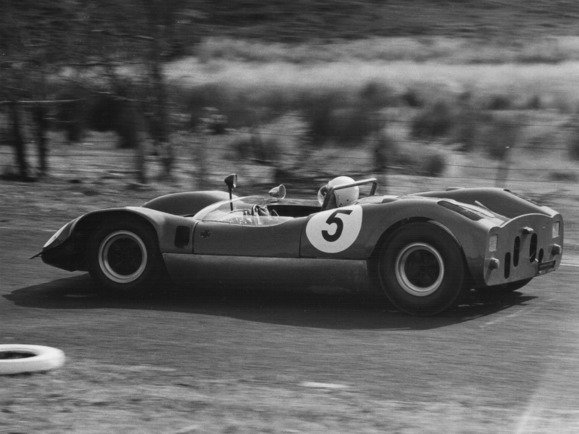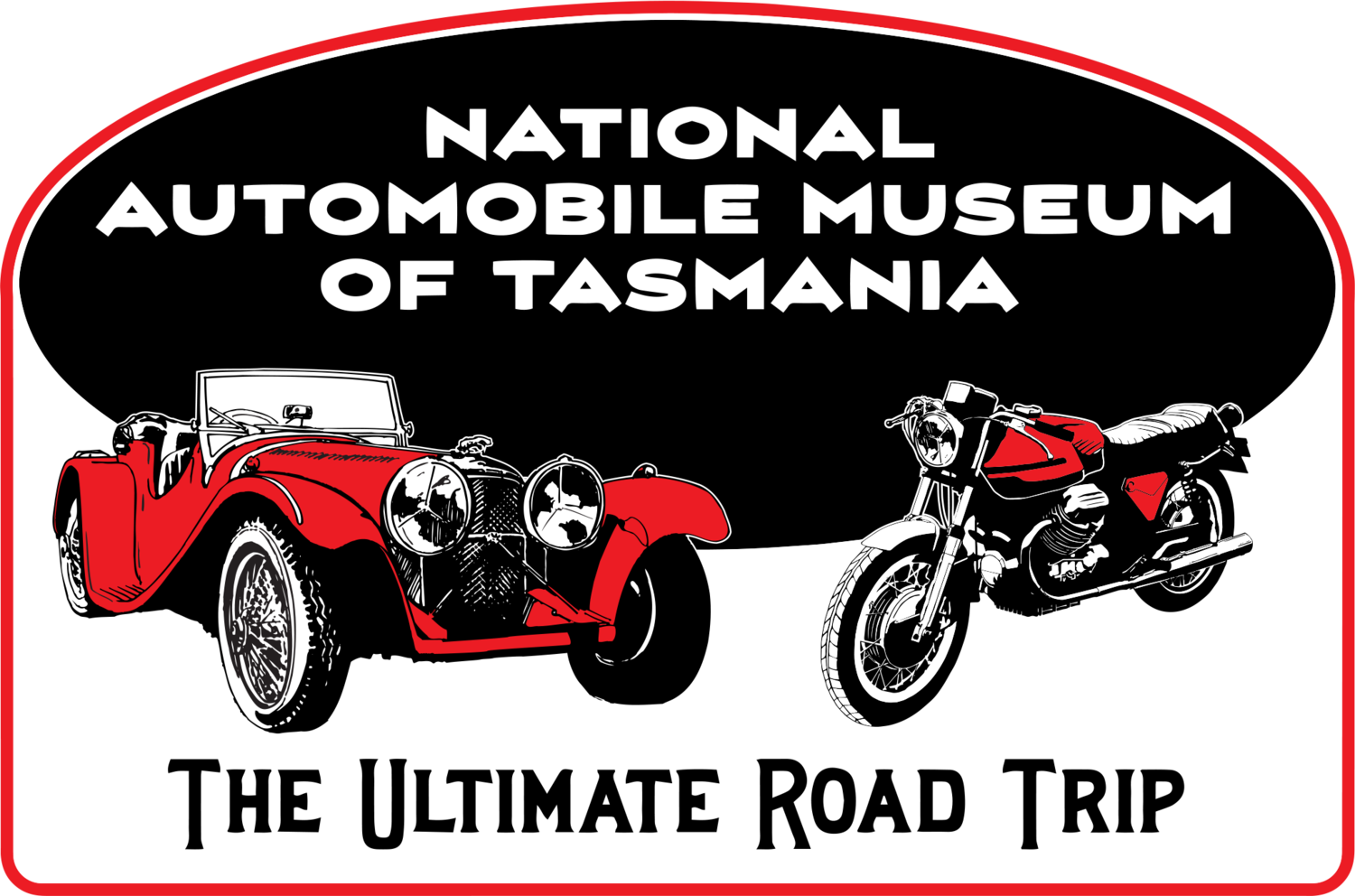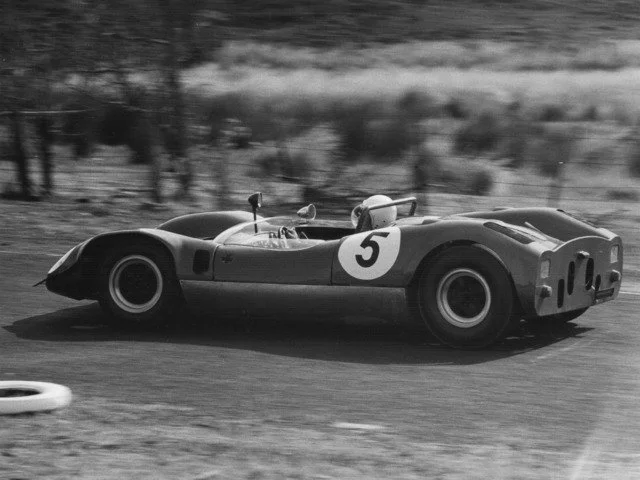
Ross Ambrose
In the early 1960s Ross Ambrose was buying and selling cars, and in the process became associated with John McCormack, who had a BP service station in Devonport.
The two decided to join forces and the decision was made to set up a used car yard in Burnie called Hightrades Car Sales.
McCormack at this time was a regular competitor in Tasmanian circuit racing and soon Ross decided to try his hand by purchasing the ex-Lyn Archer Cooper Hillman.
The car proved to be somewhat unreliable with ongoing bearing problems and it was replaced with the ex-Chris Tapping Elfin Streamliner sports car.
The Elfin, in contrast, proved to be both reliable and competitive and Ross enjoyed considerable success with the car.
Next to arrive in the garage was the ex-Stan Jones 2.7 litre Cooper Climax purchased from Lex Sternberg with the intention of transplanting the engine into the ex-Alec Mildren Renmax sports car.
It was in this car Ross won the 1968 Tasmanian Sports Car Championship in wet conditions at Baskerville after spinning on the opening lap and then catching and passing the late Alan Ling in his Lotus 23B.
Ross also raced the ex-Paddy Hopkirk Mini Cooper S with considerable success, before purchasing a Formula 2 Elfin 600B.
In this car Ross contested the 1970 Australian Gold Star series, competing at Calder, Sandown, Phillip Island, Warwick Farm, Surfers Paradise and Symmons Plains, and it was in this car he established a new lap record at Baskerville, which stood for many years.
Ross then went overseas to try his luck and competed in the ultra-competitive Formula 3 category, but on a shoe-string budget, against big budget operations, results were limited.
At the time he was using facilities owned by ex-Lotus mechanic Ralph Firman, who had set up a race car preparation business in 1970 and ran F3 cars for various clients.
Firman was looking at changing direction in motorsport, which resulted in the idea of manufacturing a Formula Ford, which was the sport’s burgeoning category.
As a result a new company was formed, to be known as Van Diemen International Racing Services.
The Van Diemen name recognised Ross’ links with Tasmania, as the island’s original name was Van Diemen’s Land, given to it by Dutch explorer Abel Tasman when he discovered it in 1642.
Firman provided the equipment and they both contributed 350 pounds to get the project off the ground, with Firman the mechanic and Ross the businessman.
They secured the rights to the Lotus 59 Formula 3, which had been discontinued, to form the basis of the FA 73 chassis with the F standing for Firman and the A for Ambrose.
The car proved to be a success straight out of the box, with Don MacLeod winning the MCD/BOC championship and the prestigious Formula Ford Festival.
From those heady early days the company went onto become one of the sports biggest producers of race cars covering many categories.
By 1985 over 1000 cars had been produced, while the 2000 milestone was passed in 1992.
The partnership was dissolved in 1974 and Ross returned to Tasmania to become one of the state’s most successful businessmen.
Ross was disappointed the arrangement did not continue, as he felt there was an opportunity to progress the team to Formula One.
Motorsport has lived on in Ross’ family, with his son Marcos at two-time Australian V8 Supercar champion and NASCAR driver.
Written by Barry Oliver




